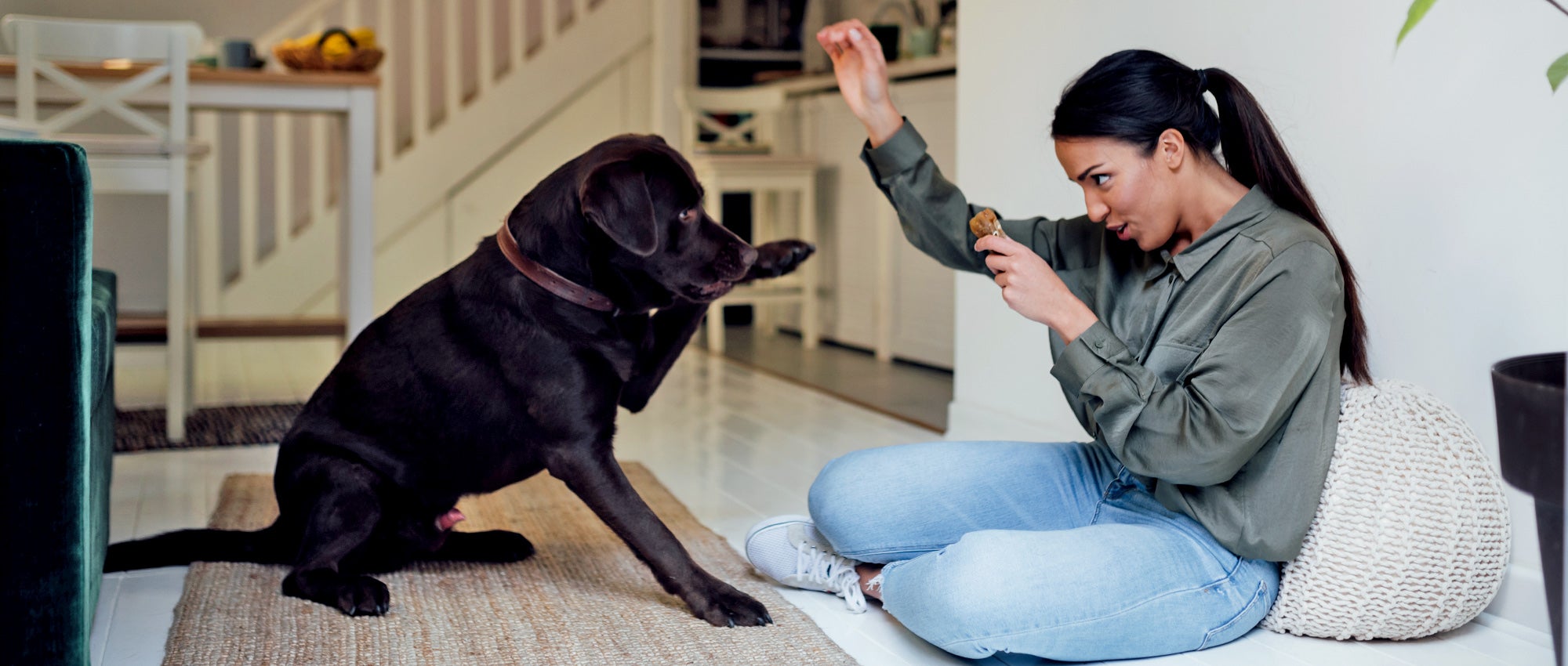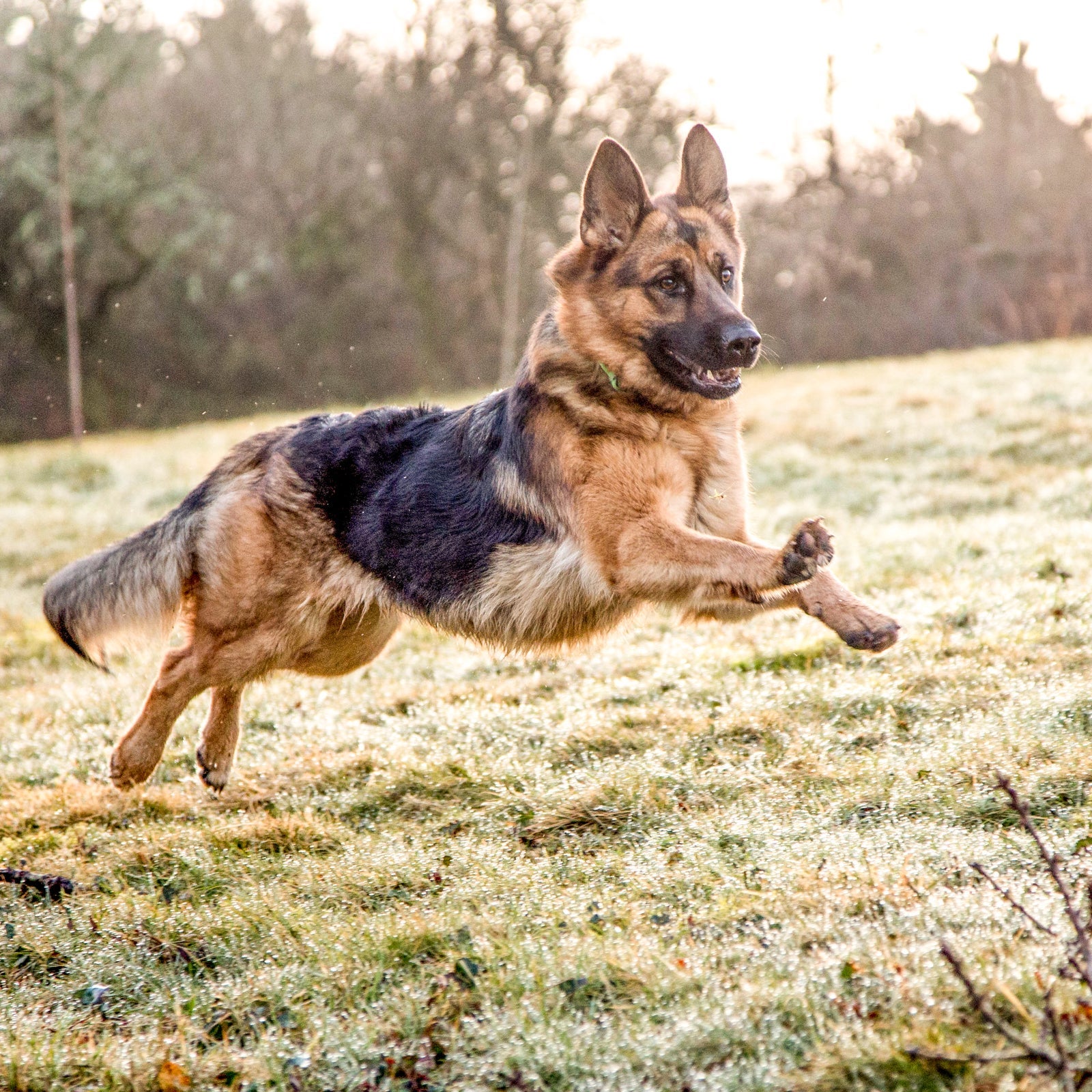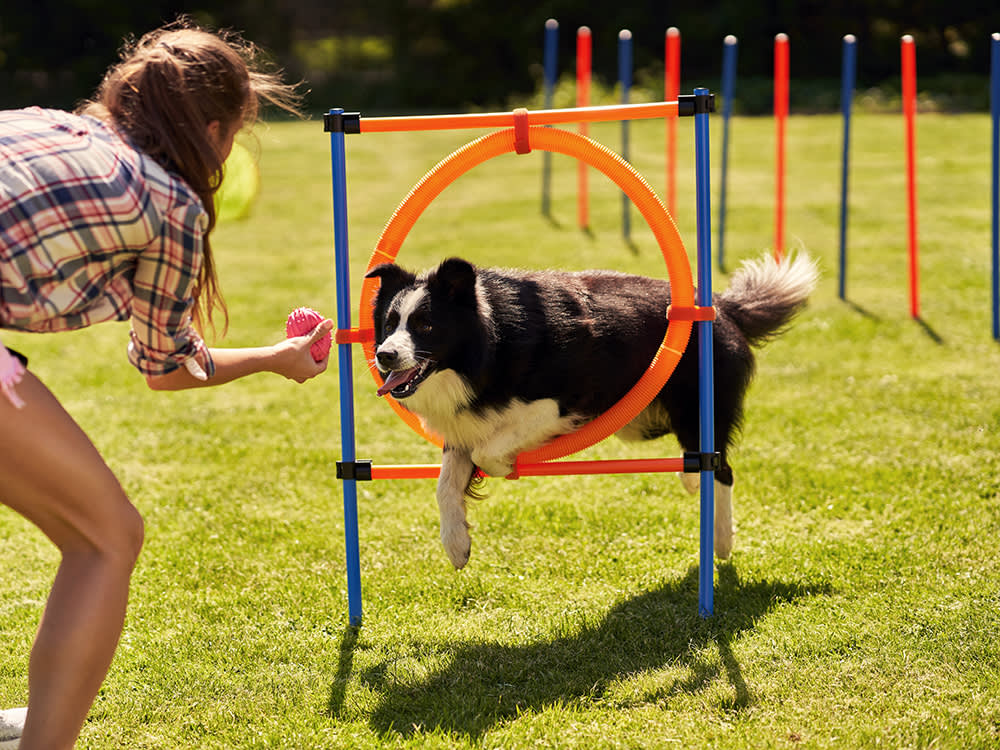Positive Reinforcement in Dog Training: A Humane Approach to Success
Positive Reinforcement in Dog Training: A Humane Approach to Success
Blog Article
Leading Canine Training Techniques Every Proprietor Ought To Know

Positive Reinforcement Techniques
Utilizing positive reinforcement techniques is vital for effective dog training, as it promotes a relying on bond in between the canine and the instructor. This method concentrates on fulfilling desirable behaviors rather than penalizing unfavorable ones, producing an environment helpful to learning. Incentives can consist of treats, praise, or play, which motivate canines to repeat the habits that make them these rewards.

Furthermore, this technique enhances the canine's interest for training sessions. They are extra engaged and receptive when dogs link training with positive experiences. Dog training. Past immediate actions alteration, positive support urges a joint relationship in between the pet dog and instructor, reducing anxiety and worry
To make the most of effectiveness, it is critical to supply rewards promptly, guaranteeing the pet connects the actions with the reinforcement. Basically, positive reinforcement techniques not only yield better-trained canines but also promote a harmonious partnership between dog and proprietor.
Remote Control Training Approach
The remote control training approach is a very efficient strategy that builds on the concepts of favorable support by including a distinctive sound to mark desired behaviors. This method utilizes a small portable device that creates a clicking noise, enabling fitness instructors to connect with their pet dogs in a clear and prompt way. When a pet dog does an actions that the owner wishes to motivate, the remote control is triggered, adhered to by an incentive, generally in the type of treats or praise.
The trick to successful clicker training hinges on uniformity and timing. It is essential to click at the exact minute the preferred habits occurs, ensuring that the dog associates the audio with the action and the subsequent incentive. This approach not only boosts interaction but additionally promotes a more powerful bond in between the owner and the canine, as it encourages engagement and communication during training sessions.
Clicker training can be put on a range of commands and actions, from fundamental obedience to more complicated techniques. Its adaptability and effectiveness make it a favored technique amongst professional instructors and animal owners alike, leading the way for a well-trained and responsive canine friend.
Leash Training Basics
Effective chain training is essential for making certain a enjoyable and safe walking experience for both dogs and their proprietors. Dog training. Chain training ought to start early and be come close to with perseverance and consistency. Beginning by choosing an appropriate chain and collar or harness. A level collar may help some dogs, while others might gain from a harness that lowers pulling.
Introduce your canine to the leash progressively, enabling them to discover it in a comfy environment. Once they are accustomed, technique loose-leash strolling. This includes satisfying your canine for walking close to you instead of pulling ahead. Use treats and appreciation to reinforce preferred habits, and make sure to continue to be calm and assertive.
If your dog starts to draw, stop strolling immediately. Furthermore, method various walking environments to assist your pet dog adjust to distractions.
Regular technique will solidify your canine's understanding of leash decorum. Bear in mind that chain training is an ongoing procedure; perseverance and uniformity will generate the very best outcomes, promoting a positive experience for both you and your canine friend.
Socialization Techniques
Socializing is a critical aspect of dog training that must ideally start during puppyhood but can be useful at any type of age. Reliable socialization aids canines create confidence and decreases the chance of behavioral issues. To implement effective socializing techniques, reveal click for more your pet dog to a range of settings, individuals, and various other animals.
Beginning with regulated settings, such as pup classes or organized playgroups, where young pets can communicate securely. Gradually introduce your pet to new experiences, including various noises, surfaces, and tasks. Ensure these encounters are favorable and rewarding to develop a feeling of safety and security.
For grown-up canines or those lacking direct exposure, start with low-stress situations. Short, positive interactions with tranquil canines and friendly people can develop positive organizations. Make use of deals with and appreciation to strengthen preferable actions during these experiences.

Uniformity and Persistence
Acknowledging the significance of consistency and persistence in pet dog training is vital for accomplishing lasting outcomes. Educating a canine is a gradual process that requires a structured approach and unwavering dedication from the owner. Each command or habits should be reinforced continually to assist the dog understand what is anticipated of them. Inconsistent training can bring about complication, making it difficult for the canine to understand behaviors or commands, inevitably impeding progress.
Pets, like human beings, find out at their very own rate. This cultivates a relying on partnership in between the pet and proprietor, urging an extra enthusiastic and prepared learner.
To cultivate consistency and perseverance, develop a normal training regular, use the same commands, and ensure that all member of the family you can try here apply the very same training principles - Dog training. By doing so, you create a stable setting for learning, permitting your pet to prosper and establish you can check here right into a mannerly friend
Final Thought
In final thought, effective pet training techniques, such as favorable reinforcement, remote control training, and appropriate leash training, are vital for promoting a healthy and balanced owner-dog partnership. Furthermore, carrying out socialization strategies and keeping consistency and patience throughout the training process adds dramatically to a pet dog's total well-being. By incorporating these approaches, canine proprietors can assist in the growth of well-adjusted, loyal animals, inevitably enhancing the high quality of life for both the canine and the proprietor.
Amongst the most famous methods are favorable reinforcement, remote control training, and chain training, each offering special advantages that contribute to a mannerly canine. As we discover these fundamental methods, it ends up being apparent that grasping their subtleties can substantially affect the training experience and the dog's total habits.Making use of positive reinforcement strategies is vital for reliable canine training, as it cultivates a relying on bond between the canine and the trainer.In verdict, effective canine training strategies, such as favorable reinforcement, clicker training, and proper chain training, are essential for promoting a healthy and balanced owner-dog connection. By integrating these techniques, pet owners can promote the advancement of well-adjusted, loyal pets, eventually enhancing the top quality of life for both the owner and the pet dog.
Report this page